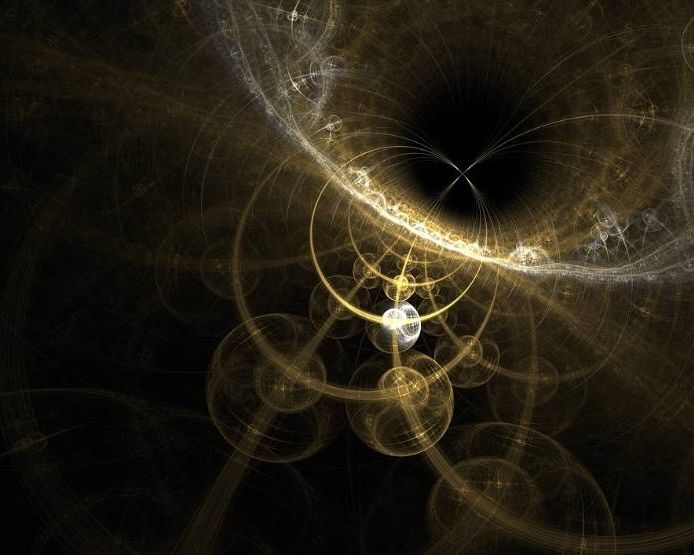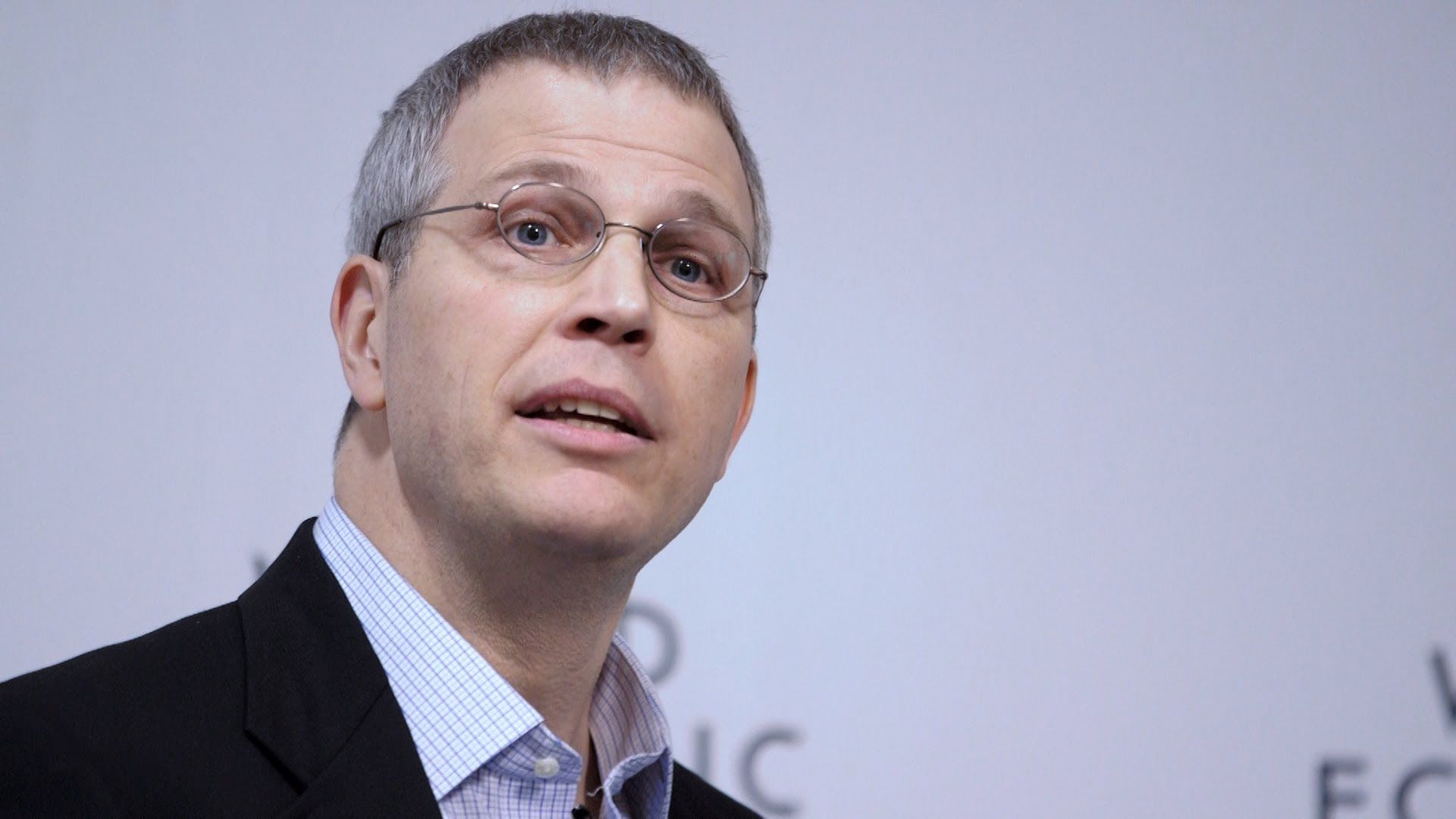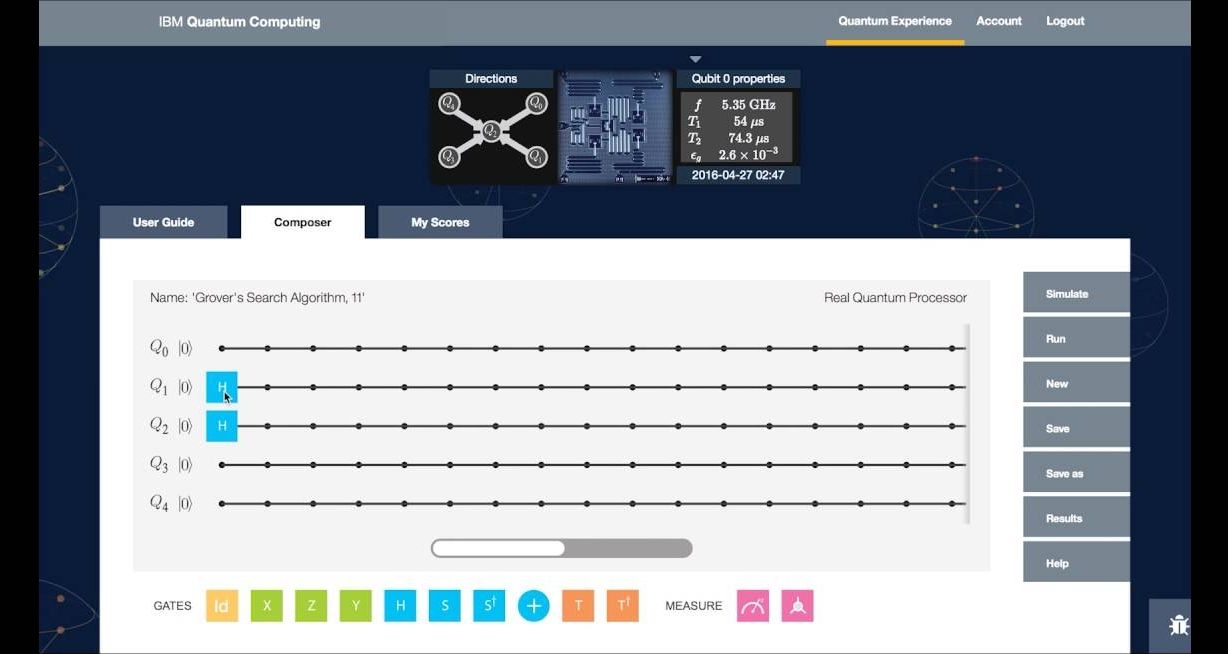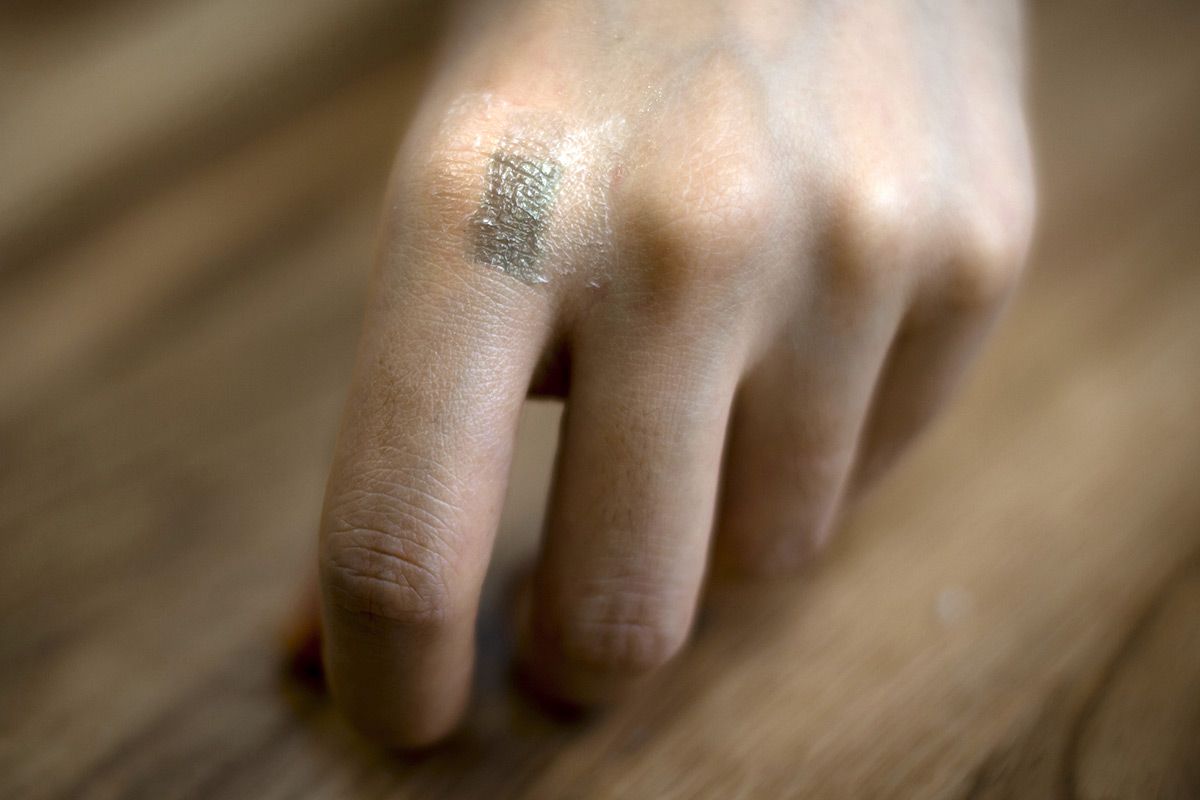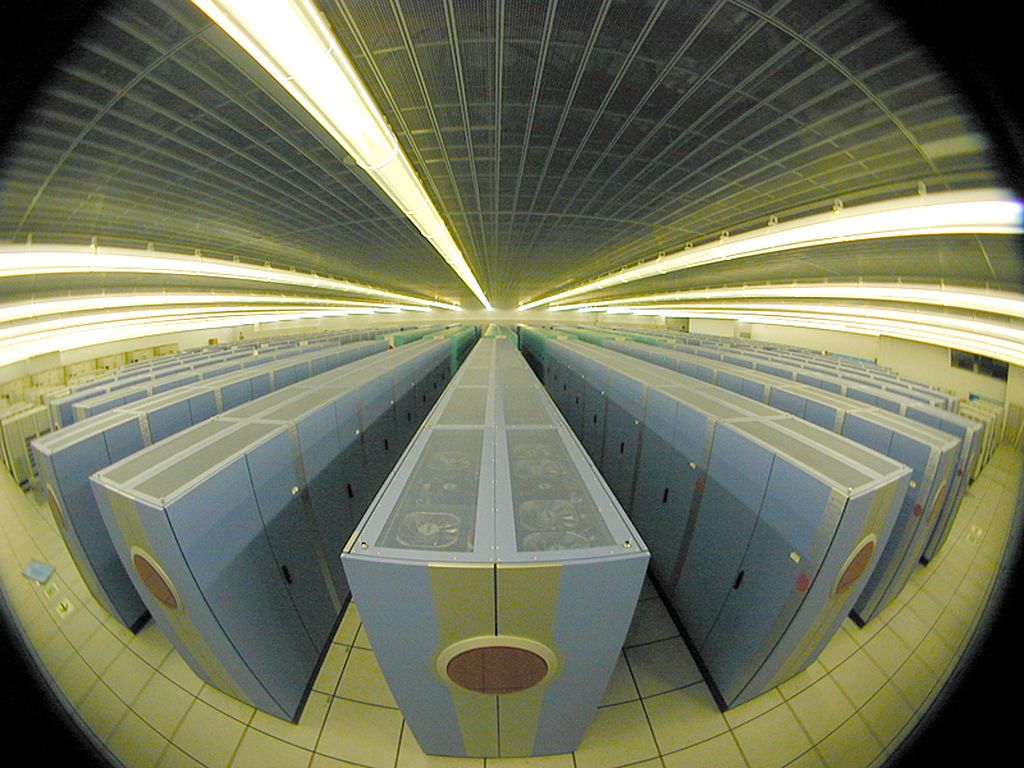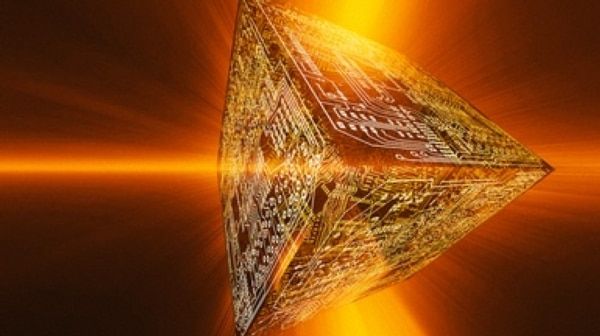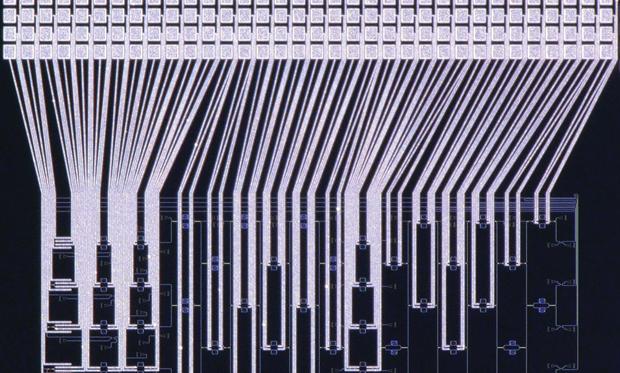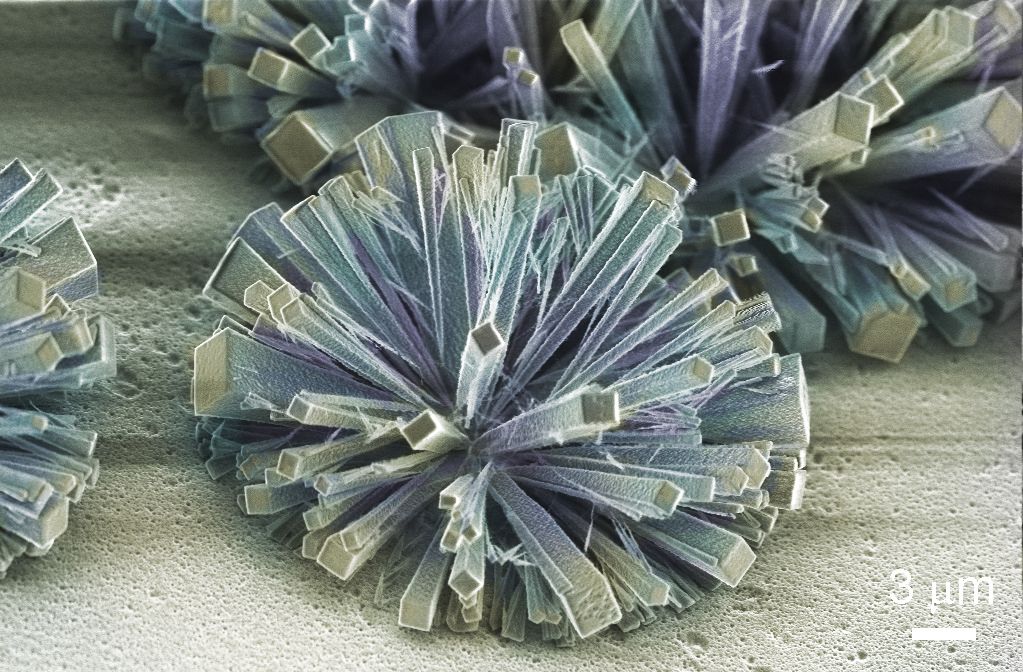Excellent breakthrough for technology’s future.
Example of diamond crystallites of different shapes, obtained with the help of the technology, worked out in the Lomonosov Moscow State University. There are electron microscopy images of diamond films’ fragments after their oxidation in the air. The material left after the oxidation is represented by needle-like diamond monocrystals of pyramid shape. Credit: Alexander Obraztsov.
Physicists from the Lomonosov Moscow State University have obtained micrometer-sized diamond crystals in the form of a regular pyramid. In cooperation with co-workers from other Russian and foreign research centers, they have also studied the luminescence and electron emission properties of these diamond crystals. The research results have been published in a series of articles in journals including Scientific Reports.
The researchers have described structural peculiarities of micrometer-sized diamond crystals in needle- and thread-like shapes, and their interrelation with luminescence features and field electron emission efficiency. The luminescence properties of such thread-like diamond crystals could be useful in different types of sensors, quantum optical devices, and also for quantum computing.
Read more
